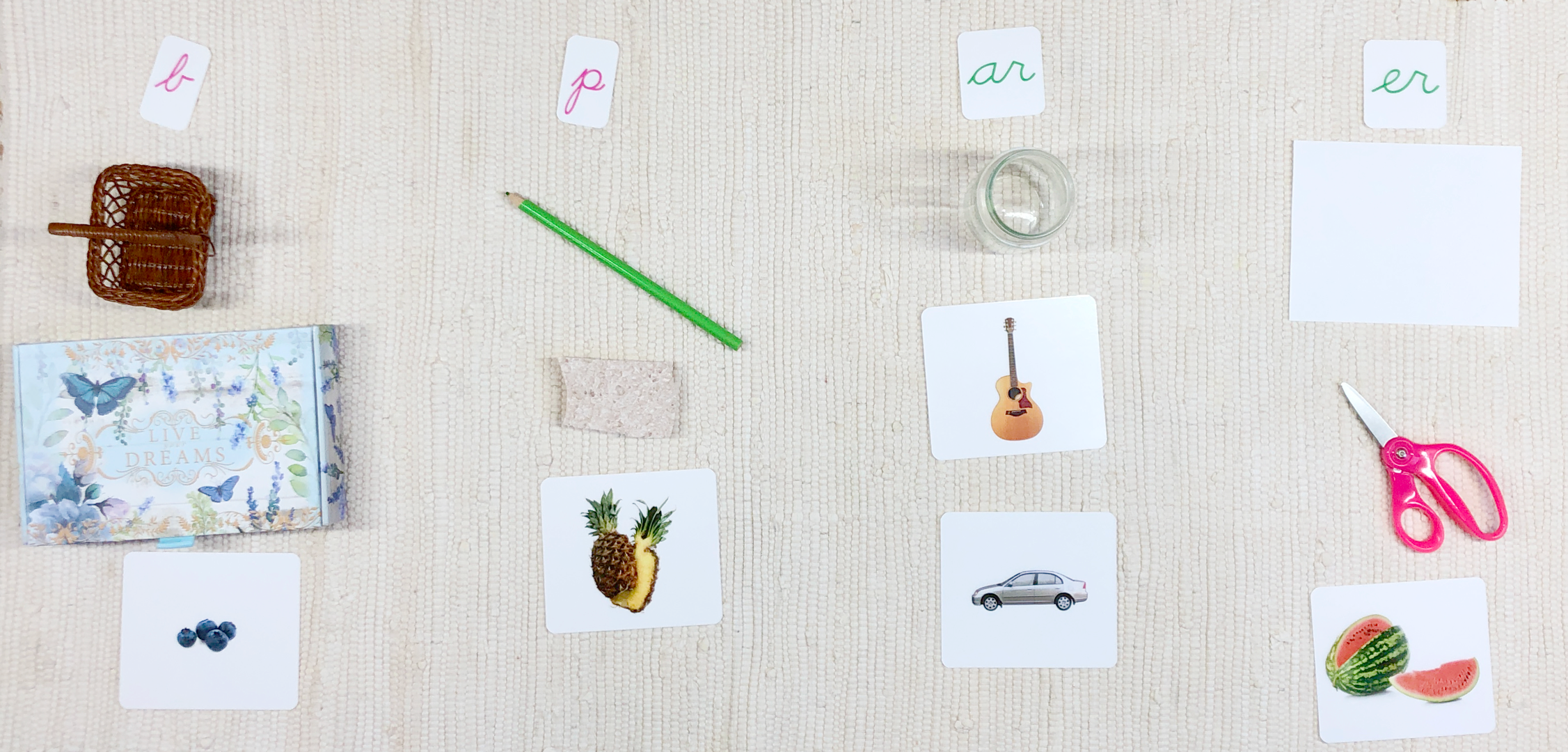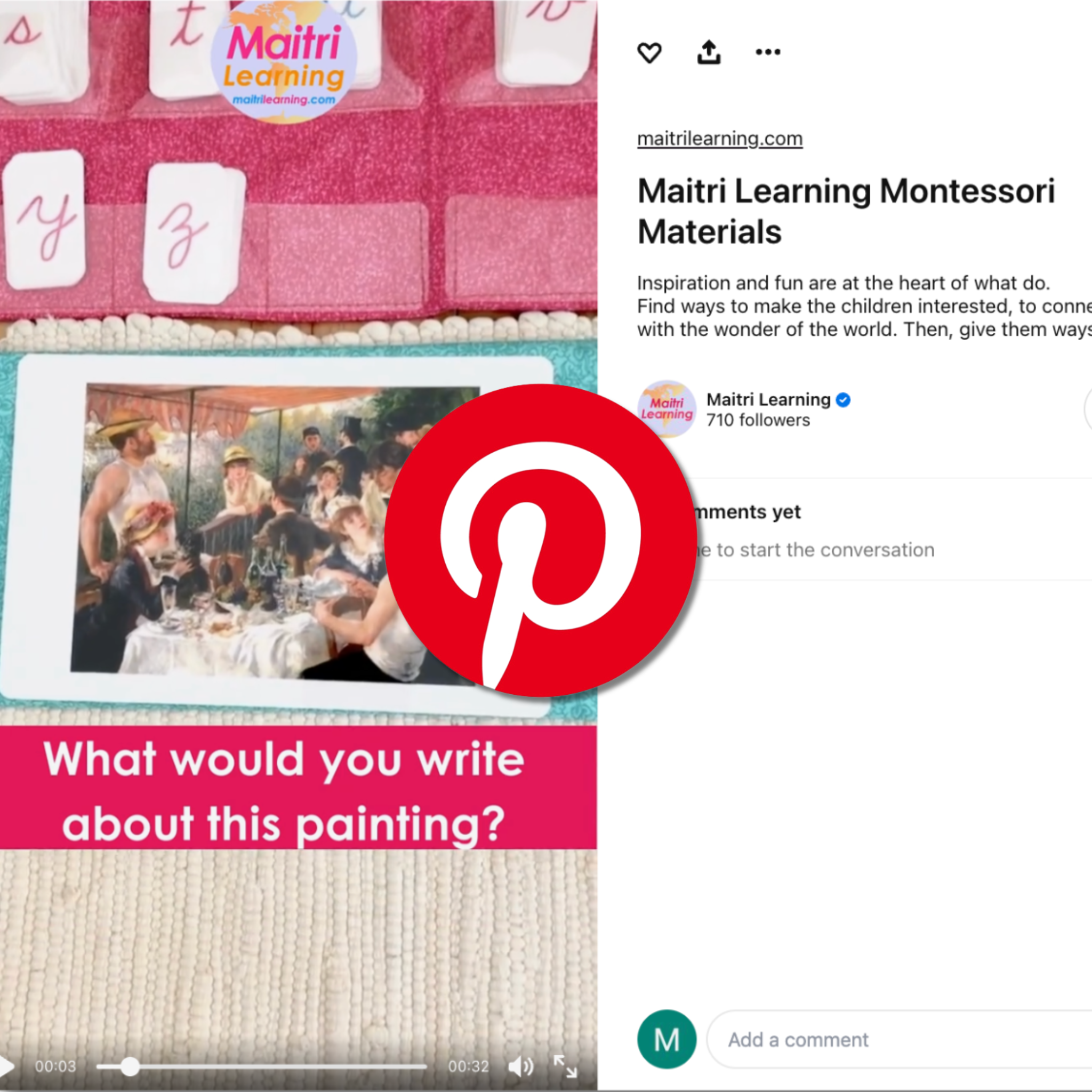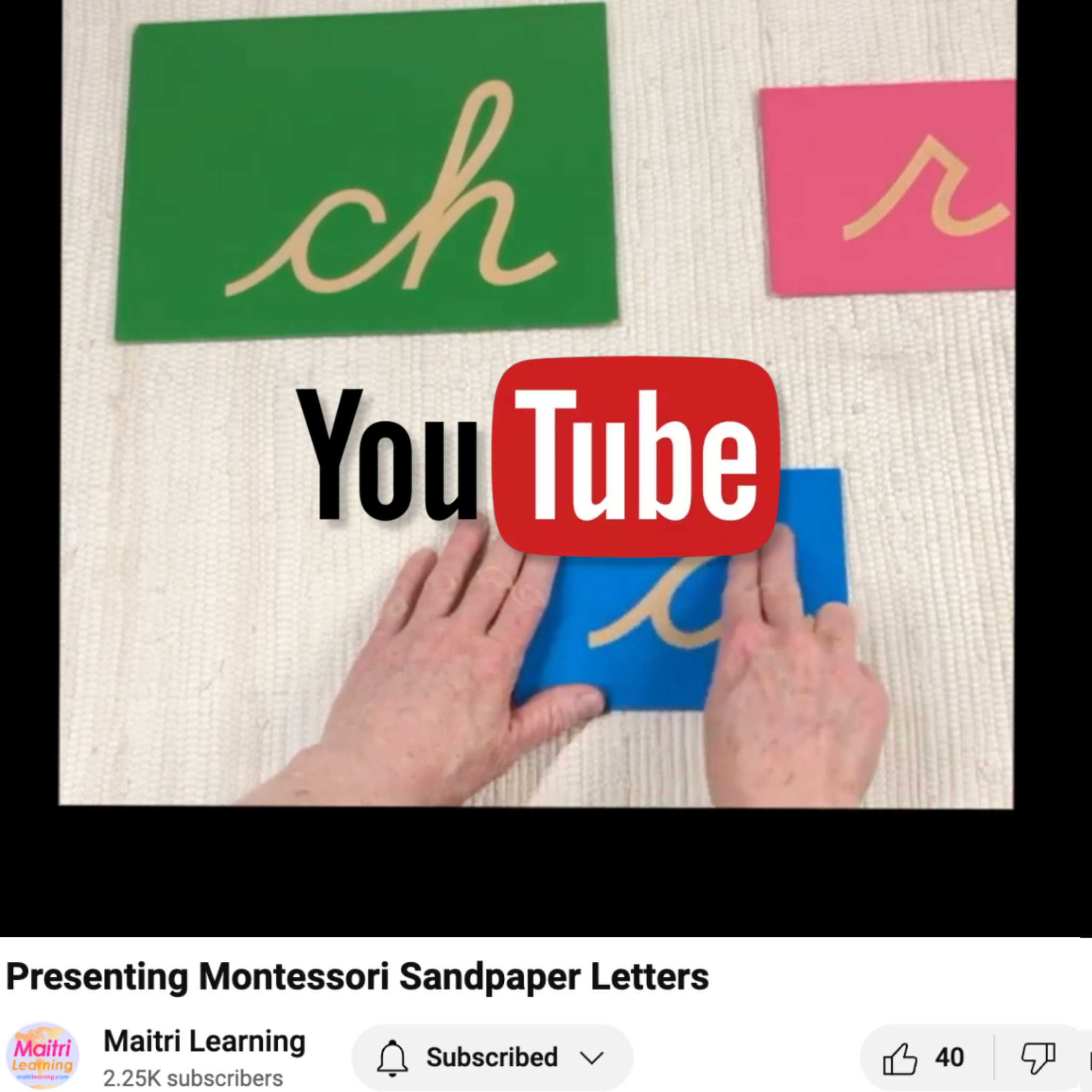What are the best sorting games?
Okay, sorting is fun. I admit it. I feel a strange sort of joy when I can organize things. Although I don't always do it in a timely fashion, having those piles of laundry folded Maria-Kondo-style in little piles on my bed gives me such a sense of satisfaction.
And yes, sorting is a key skill children develop in early childhood. Sorting games guide children to group things into categories. In literacy research, we call this developing 'gist.' When we get the gist of something, we understand the basics about how it is connected with other similar concepts.
Think about all the different collections of things we have in our homes and schools. We have collections of pencils, different types of papers, types of chairs, types of brushes, types of cups, and the list goes on and on. Learning how to organize items by similarities and differences is not only important for cognitive development, but inherently interesting for young children. They want to figure out what goes together.
Here are some of our favorite sorting activities for early childhood.
#1: Play "Stand up if"
Okay, why is this a sorting game? Because we're sorting people! Think of something that is true for a few of the children you are with. Here are some ideas:
- Stand up if you are wearing sneakers
- Stand up if you're 4-years-old
- Stand up if you are wearing blue
- Stand up if your name includes the 'ssss' sound
When you start doing this game, the children will start noticing what they have in common with other children. This is a great way to help build friendships. The children are so open to social connection and this gives them the opportunity to reach out to others that they share something in common with (even if it's as simple as a red shirt).
These are particularly helpful games to play at dismissal times when you need to send a few children away at a time. Use these to avoid over-crowding at the cubbies or other places.
#2: Sort objects by appearance
These activities start when children are quite young. You can ask them to help with the laundry by sorting all the napkins from the washcloths or all the socks from the shirts. When putting the dishes away, ask them to put all the spoons away first, then the forks. When setting out a snack, guide them to put all the olives in one bowl and the pickles in another.
You can see that some of these tasks are simpler and others more complex. You can adapt the complexity based on the capacity of the children you're with. Remember that you always want them to think that they are too smart for the job, not that the job is too hard for them. Try to keep things challenging but just a tiny bit more challenging than the last thing they've been able to do. Make sense?
#3: Sort vocabulary cards
When children are ready to move to pictures from objects, you can start sorting vocabulary cards and that really opens up a world of possibilities. Now you can sort anything that the child is interested in: dogs, wildflowers, butterflies, insects, plant kingdom, animal kingdom, you name it.
And when they're ready for finer levels of distinction, move on to sorting vegetables from fruit (harder than you think) or mammals from amphibians or fish from reptiles. The sky's the limit! We've created a small collection of Sorting Cards to help get you going with this level of sorting work.
#4: Play bring me games
These games are so fun. Just ask the children to bring you categories of objects like anything that is shaped like a rectangle, or things that are blue, or things that are made of metal or wood. You may need three or four rugs to hold everything they find! There's really no end to the possibilities here and the children love it.
This game also connects the children with where things are in the room and exercises their working memory. I mean, they have to remember where they found everything so they can put it away, right?
#5: Sort objects by sound
Once you've played the sound game and introduced the sandpaper letters, you can put a sandpaper letter or movable alphabet letter on your rug and say, "Let's see if we can find things that have the sss sound in them." Then, invite them to bring the pencil, sunset picture, brass elephant, or whatever is in your space that includes the ssss sound.
It doesn't have to be the first sound in the word. In fact, you want them to notice all the sounds in the word so if they bring you a glass for the ssss sound, that is excellent! It is showing you that they can hear ending sounds. Well done.
Believe it or not, you don't need a collection of objects or pictures for each key sound in English. Instead, you can use objects or pictures that you already have on hand to support children who are beginning to associate sounds with letters and phonograms.
Remember that the child learns by interest. Most children do not need to go through each letter of the alphabet and match it with objects that start with that sound. But, our adult minds want everything organized without a single letter/sound omitted! I've seen rooms with an entire shelf unit devoted just to initial sound sorting. I say save your money and shelf space for other things.
You can rouse the child's interest in sound sorting by using items you already have on hand. If you're playing sound games, teaching them the sandpaper letters, and offering a great variety of spoken language activities/opportunities, you do not need initial sound sorting materials. Don't distract the child from the work that will truly help!
#6: Sort objects by touch
Blindfolded sorting is one of my favorite activities. Try this with a collection of beads that are all made of the same material (like wood or brass) but have different shapes. Put on the blindfold and try to sort them out of a mixed-up pile. Take off your blindfold when your done to see if you were right! Children love this game but I say grown-ups do to! If you're having a hard day, try doing this for a few minutes and see if it doesn't settle you right down.
#7: Sort fabrics by texture
You can really go to town with this activity, especially if you're a crafter with lots of fabric scraps hanging around. Cut them all to the same size (you can use crimping sheers on the edges so they don't unravel) and set out a collection in a basket. Then, sort them, match them, put them in order by soft to rough, etc. Of course you can also sort them by color or pattern, but fabrics are especially good for focusing on texture so be sure to have a blindfold handy.
You can learn more about the Montessori sensorial materials for teaching the concept of touch/texture in our Sensorial Teacher Education Album.
#8: Sort objects by smell
This is a great game to do with herbs from your spice rack. Try to sort out the ones that smell sweet or savory or acrid. Or, try sorting out the ones you want to put in chicken soup from the ones you want to put in apple pie or just the ones you like from the ones you don't. Add in a blindfold for even more fun!
You can learn more about the Montessori sensorial materials for teaching the concept of smell in our Sensorial Teacher Education Album.
#9: Sort objects by temperature
You may not notice it, but an empty glass sitting in a room feels much cooler than a piece of wood in the same room. Different materials hold/conduct ambient temperature differently. Of course we know this inherently (think about how long a baked potato stays hot compared with toast) but playing this game makes that abstract idea concrete.
The underside of your wrist is a good place to check the temperature of something. (Our fingers tend to change/adapt to the surrounding temperature much faster than our wrists.) Just move about the room and start checking the temperature of objects. Sort them into columns on your rug from cool to warm. Then, you might notice if the sorted groups share certain qualities (like all the wood objects are in one column and the glass in another).
You can learn more about the Montessori sensorial materials for teaching the concept of temperature (thermic sense) in our Sensorial Teacher Education Album.
#10: Sort objects by weight
The ability to sense how much something weighs is also known as the baric sense. It's a complex sense because we have to move in order to figure out how much something weighs. Think about it. You can't tell how much a rock weighs until you pick it up. You can guess that a large rocks weighs more than a small rock but you won't actually know until you lift it. Then, if we want to compare its weight to something else, we'll have to move our hands up and down. This is why weight is considered a complex sense; you have to use multiple senses (touch and proprioception) in order to figure it out.
You can informally sort by weight for something like grocery bags or you can formally do it with the beautiful Montessori baric tablets. For grocery bags, ask the child to find the lightest one or the heaviest one. They'll have to pick them all up and put them down and then keep track in their mind (working memory) in order to figure it out! The Montessori baric tablets are similar in concept but let the child repeatedly isolate the concept of weight by comparing heavier wood tablets to lighter wood tablets to even lighter wood tablets. It's hard to do but fun!
You can learn more about the Montessori sensorial materials for teaching the concept of weight (baric sense) in our Sensorial Teacher Education Album.
__________
I hope this has inspired you to up your sorting game! There are so many fun ways to engage children with the world around them all while supporting their development. Please add your ideas and comments below. Your experiences can lift us all up!



















1 comment
Your posts always make me want to try these things out on my grandsons. They’re so perfect and easy to understand and I love the connections to what’s going on in their brains. Sweet little brains.
Deborah Arak
Leave a comment
This site is protected by hCaptcha and the hCaptcha Privacy Policy and Terms of Service apply.